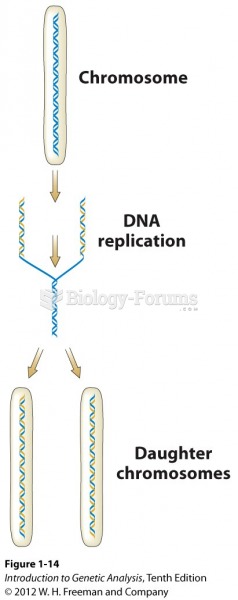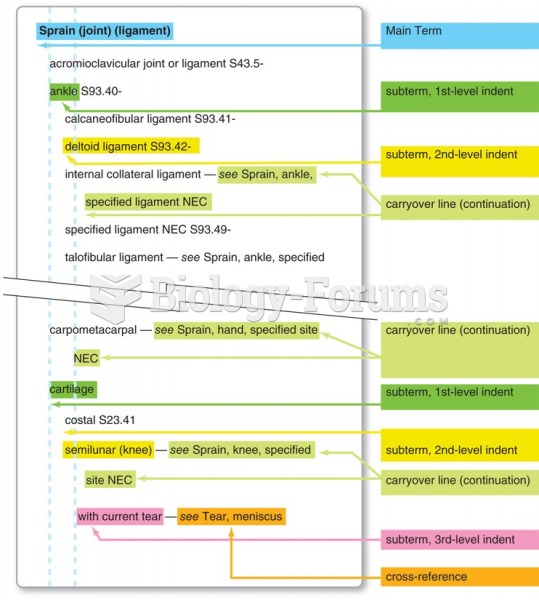Answer to Question 1
B
Answer to Question 2
1. and 2. Fixed Overhead Variance Analysis for Marissa Designs, Inc. for February
Actual Fixed Static Budget Standard Hours
Overhead Fixed Overhead Budgeted Rate
(720 1.5 6)
11,400 10,800 6,480
600 U 4,320 U
Spending variance Production-volume variance
fixed overhead rate = (budgeted fixed overhead)/(budgeted DL hours at capacity)
= 10,800/(1,200 1.5 hours)
= 10,800/1,800 hours
= 6/hour
3. An unfavorable production-volume variance measures the cost of unused capacity. Production at capacity would result in a production-volume variance of zero because the fixed overhead rate is based on expected hours at capacity production. However, the existence of an unfavorable volume variance does not necessarily imply that management is doing a poor job or incurring unnecessary costs. Two reasons can be identified.
a. For most products, demand varies from month to month while commitment to the factors that determine capacity, e.g., size of the workshop or supervisory staff, tends to remain relatively constant. If Marissa wants to meet demand in high demand months, it will have excess capacity in low demand months. In addition, forecasts of future demand contain uncertainty due to unknown future factors. Having some excess capacity would allow Marissa to produce enough to cover peak demand as well as slack to deal with unexpected demand surges in non-peak months.
b. Basic economics provides a demand curve that shows a tradeoff between price charged and quantity demanded. Potentially, Marissa could have a lower net revenue if they produce at capacity and sell at a lower price than if they sell at a higher price at some level below capacity.
In addition, the unfavorable production-volume variance may not represent a feasible cost savings associated with lower capacity. Even if Marissa could shift to lower fixed costs by lowering capacity, the fixed cost may behave as a step function. If so, fixed costs would decrease in fixed amounts associated with a range of production capacity, not a specific production volume. The production-volume variance would only accurately identify potential cost savings if the fixed cost function is continuous, not discrete.
4. The static-budget operating income for February is:
Revenues 55 1,200 66,000
Variable costs 25 1,200 30,000
Fixed overhead costs 10,800
Static-budget operating income 25,200
The flexible-budget operating income for February is:
Revenues 55 720 39,600
Variable costs 25 720 18,000
Fixed overhead costs 10,800
Flexible-budget operating income 10,800
The sales-volume variance represents the difference between the static-budget operating income and the flexible-budget operating income:
Static-budget operating income 25,200
Flexible-budget operating income 10,800
Sales-volume variance 14,400 U
Equivalently, the sales-volume variance captures the fact that when Marissa sells 720 units instead of the budgeted 1,200, only the revenue and the variable costs are affected. Fixed costs remain unchanged. Therefore, the shortfall in profit is equal to the budgeted contribution margin per unit times the shortfall in output relative to budget.
Sales-volumevariance = Budgetedselling price Budgetedvariable costper unit Difference in quantity ofunits sold relative to the static budget
= (55 25) 480 = 30 480 = 14,400 U
In contrast, we computed in requirement 2 that the production-volume variance was 4,320 U. This captures only the portion of the budgeted fixed overhead expected to be unabsorbed because of the 480-unit shortfall. To compare it to the sales-volume variance, consider the following:
Budgeted selling price 55
Budgeted variable cost per unit 25
Budgeted fixed cost per unit (10,800 1,200) 9
Budgeted cost per unit 34
Budgeted profit per unit 21
Operating income based on budgeted profit per unit
21 per unit 720 units 15,120
The 4,320 U production-volume variance explains the difference between operating income based on the budgeted profit per unit and the flexible-budget operating income:
Operating income based on budgeted profit per unit 15,120
Production-volume variance 4,320 U
Flexible-budget operating income 10,800
Because the sales-volume variance represents the difference between the static- and flexible-budget operating incomes, the difference between the sales-volume and production-volume variances, which is referred to as the operating-income volume variance, is:
Operating-income volume variance
= Sales-volume variance Production-volume variance
= Static-budget operating income Operating income based on budgeted profit per unit
= 25,200 U 15,120 U = 10,080 U.
The operating-income volume variance explains the difference between the static-budget operating income and the budgeted operating income for the units actually sold. The static-budget operating income is 25,200 and the budgeted operating income for 720 units would have been 15,120 (21 operating income per unit 720 units). The difference, 10,080 U, is the operating-income volume variance, i.e., the 480 unit drop in actual volume relative to budgeted volume would have caused an expected drop of 10,080 in operating income, at the budgeted operating income of 21 per unit. The operating-income volume variance assumes that 4,320 in fixed cost (9 per unit 480 units) would be saved if production and sales volumes decreased by 480 units.







